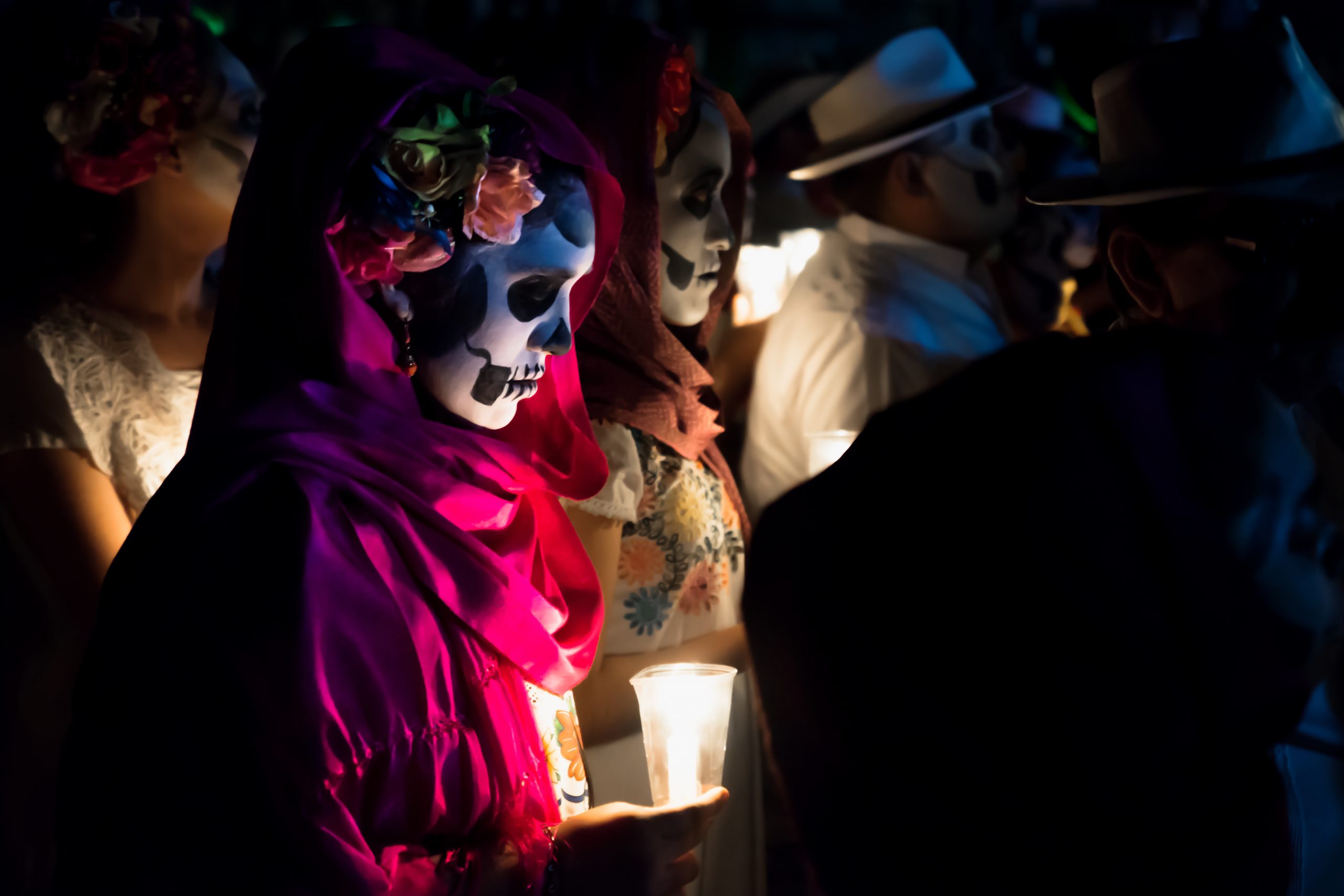When Pixar’s animated movie Coco hit the big screen in 2017, I was first in line at the local movie theater to purchase my ticket. That movie, from beginning to end, captivated me because it was a near perfect representation of a traditional, small-town Mexican family, capturing the culture, history, and religion, among others. I thought to myself, ‘that’s Mexico the way I remember it.
While the story is set in what is commonly referred to as ‘un Pueblo Mágico,’ it is far different that the country’s big, cosmopolitan capital, Mexico City. Traditions remain very important throughout the country, but the way in which ‘Dia de los Muertos’ is celebrated varies based on age, generation, region, as well as other factors.
Coco was a box office hit worldwide, loved by people and ethnic groups of all kinds, as the movie piqued everyone’s curiosity and interest not only in Mexican culture, but across all of Latin America.
Most of all, people from around the globe began to probe the importance of the Dia de los Muertos traditions, igniting a wave of curiosity in terms of its elements, history, and symbolism. The characters in the movie gave audiences a sense and feeling that nearly all of us have experienced in some way, shape or form in our own lives.
Every year when this holiday approaches, some of my customers ask me about the importance of Dia de los Muertos. So as I for the upcoming holiday, I thought it would be nice to share some interesting tidbits.
A popular question some people ask is: In the movie, what are those colorful animals running around and why does Miguel’s dog and cat look like mythical creatures at times?
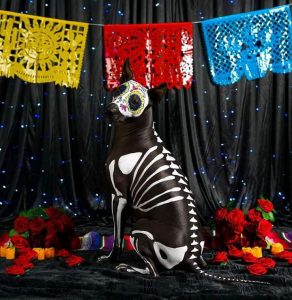
Well, those colorful creatures are known as ‘Alebrijes. While there is no specific English translation, these are small, specific Mexican folk art figures or creatures. In the 1930s, artisan Pedro Linares first began creating these mythical creatures. One day when he became very ill with a high fever, he suffered from severe delirium, at which time he dreamed of the colorful and sometimes fearful creatures. In these dreams, he kept hearing the word Alebrije to describe these colorful figures. Hence, the origin of the name.
Linares was from Oaxaca, Mexico, and is recognized as the home of Alebrijes. Initially, they were largely carved from Copal wood. Artists later began crafting them with paper-maché, which is the more common form nowadays. Those carved from Copal wood are the top of the line.
While Alebrijes were not originally associated with Dia de los Muertos, as they are nowadays, some people link them to the ‘Nagual’ concept, the guardian spirit from Mayan and Aztec mythology.
Alebrijes can also be found in Zapotec mythology in the form of Tonas, a lifetime guardian-like creature assigned to protect a newborn child. These authentic, colorful creatures represent an important symbol in Coco.
Second: What kind of flowers are shown throughout the movie?

Cempazuchitl is the Aztec name for Marigolds, which is the modern-day Day of the Deal flower. The name comes from Zempoalxochitl, from the Aztec Nahuatl language, meaning ‘flower of many petals.’ They have a very distinct smell that appears to be a combination of various candles and are used to create the perfect ambiance to guide the spirits to a family’s and friend’s home, where they once enjoyed their favorite food, drink, music, etc.
Marigold petals are also placed on the floor as a guide for these souls to return home.
I can vividly remember Cempazuchitl aroma in the marketplace and along the streets of Mexico City when I was a child. When that fragrance filled the air, I knew Dia de los Muertos was approaching.
As I watched Coco, the smell of the Marigold seemed to creep into the theater.
Third: Is Ernesto de la Cruz really a famous singer in Mexico?
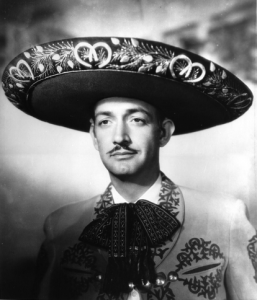
He certainly looks believable, doesn’t he? However, Ernesto is really a combination of Pedro Infante and Jorge Negrete, two of Mexico’s most famous singers from the 1940’s and 50’s, with a little taste of folk singer Javier Solis sprinkled in. These beloved and charismatic entertainers were symbols of traditional Mariachi music, and their beautiful voices live on, even today!
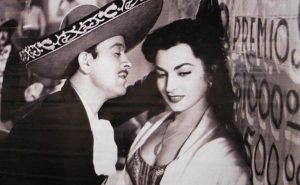 During the height of their careers, they performed in numerous classic movies and are true treasures of Mexico’s golden era of black and white film. So the portrayal of Ernesto de la Cruz in Coco is almost a real-life representation of the old-school, handsome singer/actor, loved by everyone, especially women.
During the height of their careers, they performed in numerous classic movies and are true treasures of Mexico’s golden era of black and white film. So the portrayal of Ernesto de la Cruz in Coco is almost a real-life representation of the old-school, handsome singer/actor, loved by everyone, especially women.
Fourth: What is that wonderful song performed by Mamá Imelda?
That song is the Mexican classic, La Llorona, which means weeping woman. The song, which has its roots in the Mexican Revolution, and is based on the story of a beautiful woman who believed she had been abandoned by her lover, who was the father of her two children. Her love for him was so deep that she suffered great pain and anguish after his disappearance. She became so disturbed that one ominous night she took her children to the river where she drowned them, killing herself afterward.
As the legend goes, her troubled soul could never find peace for killing her own children, while her spirit searches forever for her dead children. On any dark and cold night throughout small towns, you can hear the desgarrador (in this case, the piercing voice) cries of this woman.
Different verses have been added to the song over the years, and with that, some new twists have been added. Other interpretations include that of a man who feels trapped by a woman who loves him, though he does not share the same feelings. He feels trapped and has pity for her. His only escape is to ask her to take him to the same river and drown him.
Still another interpretation is of a man whose wife is either deceased or abandoned him. He spends most of the rest of his life trying to find her, unsuccessfully.
While this is not viewed as a love song, given its sad and ominous tone, it remains a popular and beautiful representation of Mexican folklore, especially during Dia de los Muertos celebrations. So it’s rather fitting it plays such an important role in Coco!
Finally, are the alters or pedestals seen in the movie still prepared in present-day Mexican homes?
They used to be. And while not as numerous as in the old day, lots of families still acknowledge this eventful day with extravagant altars, especially in small towns throughout the country, where the tradition lives on.
Just like the movie, the altars are colorfully decorated, and include meals, fruits, photographs, etc., and tell the story of the lives of their deceased loved ones. The altars are an invitation to the deceased, that they return to enjoy their favorite meal, and visit family members, who in turn use the opportunity to respectfully honor and remember their memory.
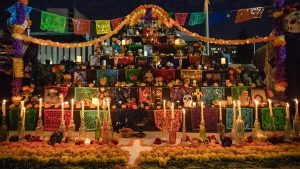
Coco was not only a wonderful movie, it also helped to shine a bright light not just on Mexico’s colorful culture, but its wonderful traditions, scenic landscapes, beautiful people, and most of all its amazing history. That’s the Mexico I know!
If you wish to enjoy the full experience of Dia de los Muertos, the best way to do that is make the trip there in late October around Halloween.
Taxco is a wonderful small town just south of Mexico City where you can not only enjoy the festivities but find unique and beautiful, traditional Mexican silver jewelry for that special occasion. But remember, whether it’s Mexico City or any other pueblo Mágico, I can promise that you won’t be disappointed!
You can also find our Dia de los Muertos and Mazahua silver jewelry line” here.
Please feel free to reach out to me if you have any questions or comments about this Mexican tradition and any others that may be of interest.
Peace & blessings
mexicosterlingsilver@gmail.com
www.mexicosterling.com

